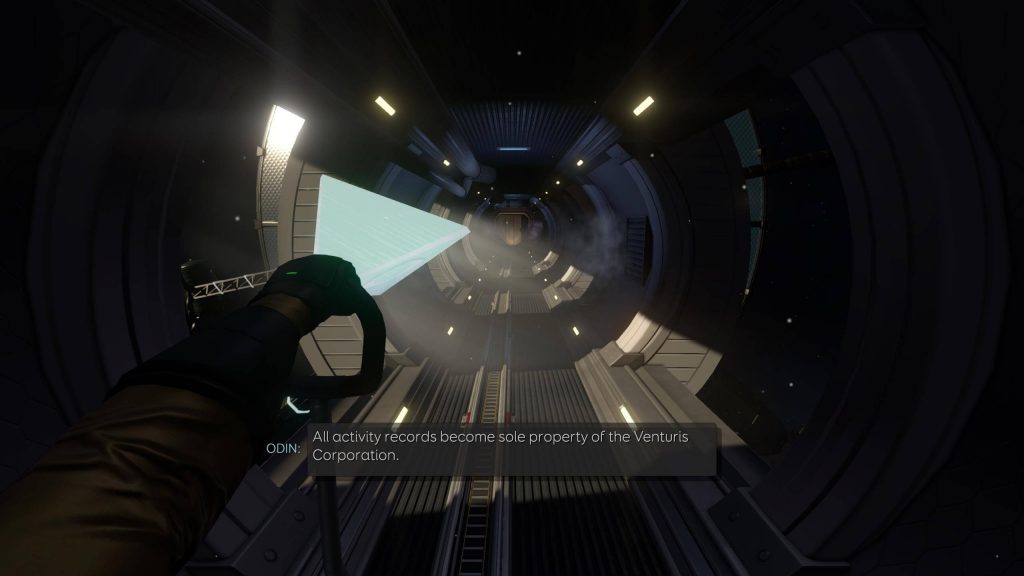Allow Players to Define Their Own Objectives
If players are not presented with any goals, they may abandon the game due to a lack of challenge, which in turn results in the absence of an emotionally engaging experience. Occasionally, players may claim they have no specific goals while playing the game and simply engage with it to see what they might discover. However, such players may not recognize that discovering something interesting during exploration is, in itself, a form of goal. It is therefore essential to understand that players who choose to remain in the game world without pursuing a traditional objective still have a reason for doing so. Their intent may range from exploring the environment, searching for valuable items, or anticipating a particular event.
As previously mentioned, objectives can be either assigned by the game or determined by the players themselves. In either scenario, it is imperative that players understand the necessary steps to achieve these objectives. Each of these steps constitutes a sub-objective that must also be completed in order to progress.
In Tacoma, the game assigns players the overarching task of uncovering what happened to the crew aboard the spacecraft. However, it is ultimately the players’ decision to determine which sub-stories they explore and how many of them they choose to uncover during their journey.
Credit: The Fullbright Company. Screenshot captured by the author.
When designing a game, it is important to ensure that players have the ability to create a mental or written list of all the tasks they need to perform. For instance, in a strategy game where the objective is to defeat the enemy, players must carefully plan a sequence of actions—such as constructing a base, amassing an army, and systematically eliminating various targets. They must also time each of these steps appropriately while remaining adaptable in response to unexpected developments, ineffective strategies, or emerging opportunities.
Even during open-world exploration, players should understand how to reach their destinations and respond effectively to unforeseen events that occur along the way. They must be capable of continuously establishing smaller goals that contribute to incremental progress.
Your core responsibility as a game designer is straightforward: ensure that players are taught how to play your game in a way that enables them to understand their available options for accomplishing objectives through the creation of self-defined goals. Once players are familiar with the game’s mechanics, they should be able to develop strategies independently. While offering subtle guidance may be necessary to avoid excessive difficulty, players should be empowered to take initiative without excessive reliance on external assistance.

